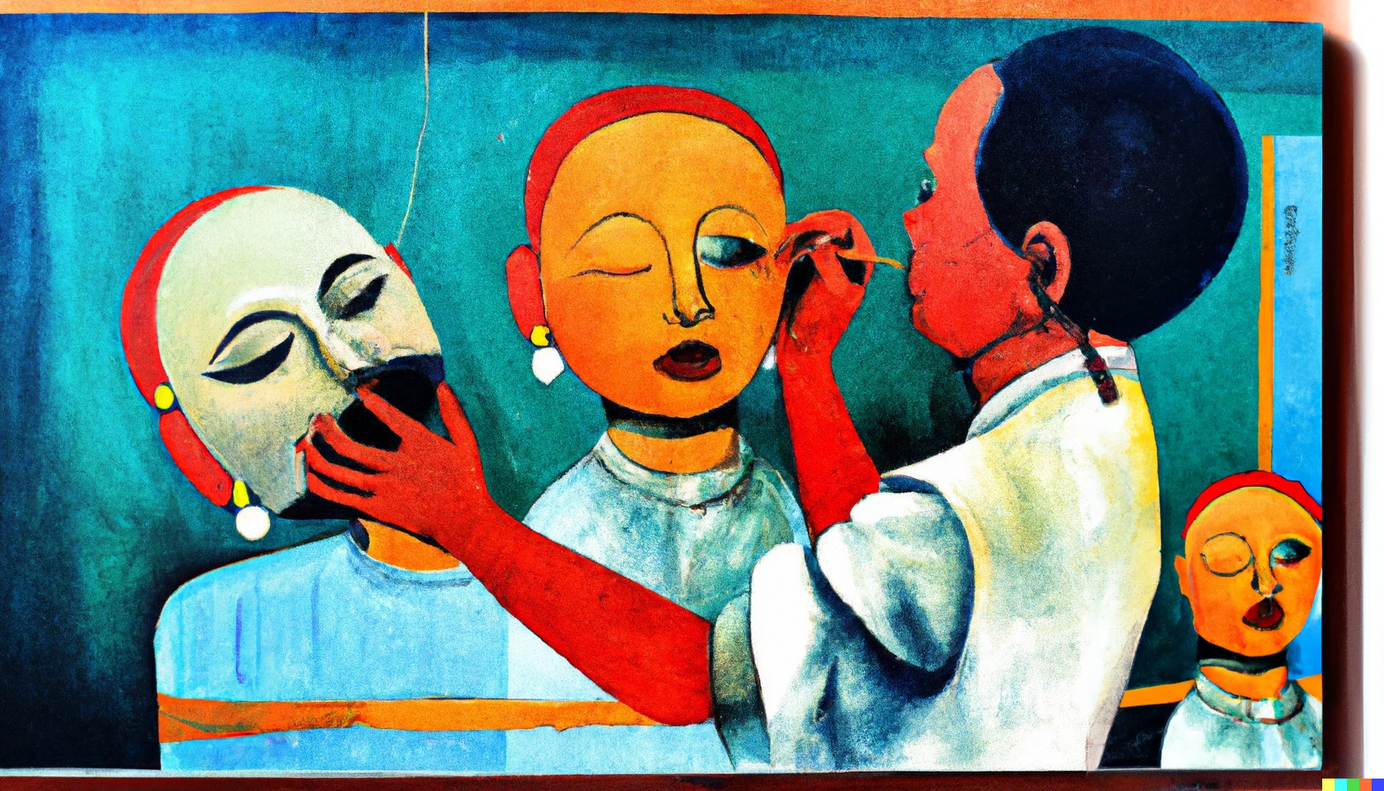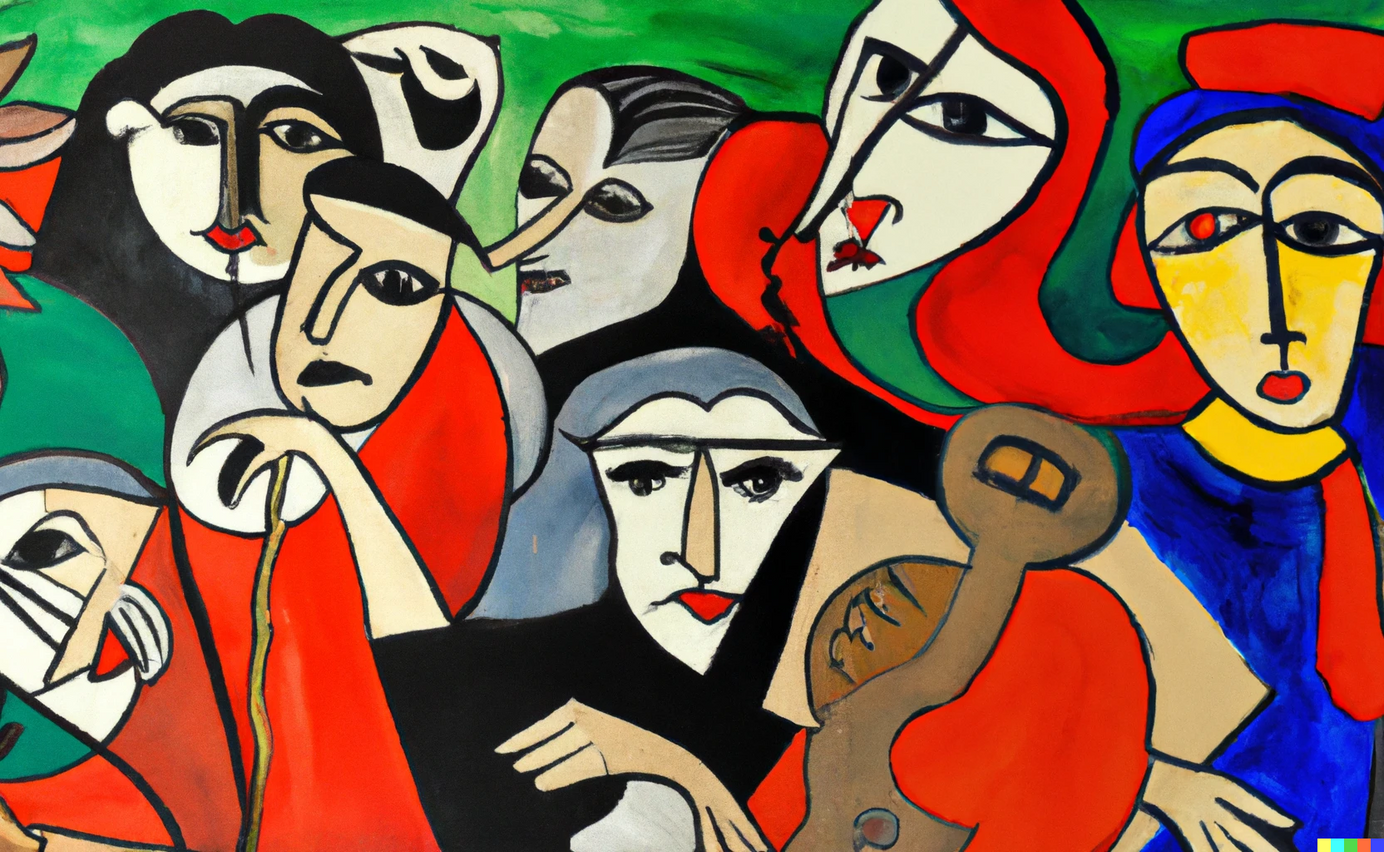
2. Ctrl-C and Ctrl-V: Writing Papers Can’t Get Any Easier!
Background: This was the 2nd IJRI editorial written in June 2007. Plagiarism was a huge issue at the time and even now, plagues journals all the time. ChatGPT and other LLMs have likely worsened the problem.
In this editorial, I was actually going to discuss the methodology related to article processing and publishing. Perhaps, next time!
A couple of weeks ago, I looked at three articles submitted, as first author, by the head of department (let’s call this person ABC) of a reputed hospital in our country. The first was a very ordinary case report and was immediately rejected on those grounds. As I started looking at the third case report, the way the article was structured immediately raised my antennae. After two minutes of a Pubmed search, I found an article, (which was cleverly not mentioned by the authors in the reference list), from where the entire discussion had been “lifted” word-to-word, with no changes, except for the reference numbers. I then looked at the second case report and found that 4/5ths of the discussion had been “lifted” from another similar article, fortunately mentioned in the reference list.
Plagiarism is defined as “the practice of claiming, or implying, original authorship or incorporating material from someone else's written or creative work, in whole or in part, into one's own without adequate acknowledgement.” [1]. So whether it is Bappi Lahiri or Anu Malik plagiarizing English pop or rock numbers, or Sanjay Gupta copying Hollywood films, or students copying whole essays from other sites on the net…the issue remains the same.
When I emailed ABC about this, I thought ABC would graciously accept the problem and blame it on an over-enthusiastic resident. Instead followed a flurry of email exchanges, where I was accused of being arrogant and ABC claimed that copying from another person’s discussion was ABC’s prerogative, since this was actually a review of literature. ABC really didn’t think that copy-pasting someone else’s discussion was wrong and claimed that till date no one had questioned ABC about this, given the multiple publications in ABC’s curriculum vitae. And this person is also a reviewer for the IJRI, which means that ABC’s reviews of other authors’ articles have to be now discounted as well.
This problem of “plagiarism” came to my notice a month and a half ago, when a very enthusiastic reviewer, who was reviewing for the IJRI for the first time, met me personally during a clinical meeting and wanted to know how to review the article, because she had found that the discussion had been lifted without any changes from a similar article published five years ago in Radiographics. I asked her to put her comments in the review and then checked her allegations for myself, assuming that perhaps a few lines had been copied. I was aghast when I found that she was right – the entire discussion had been lifted.
This particular author had sent in eight more articles in the past 2-3 months, 2 or 3 of which had been accepted and a couple were being reviewed / revised. I re-checked all of them and found that more than 90% of the discussions were plagiarized; again, in one particular article, I found that the entire discussion had been lifted, word-by-word, para-by-para, with no changes at all, except for the reference numbers. When I confronted him with this, there was no apology – just a remark saying that he had already included the accepted articles in his CV and that the rejection of these articles now would be a problem for him. The cheek!
Since then, I have come across many instances of plagiarism, some blatant, some subtle. The commonest trick is not to include the article being plagiarized in the reference list; however since the article from which the discussion is plagiarized, is usually one of the more important articles on this subject, a little diligence by the reviewer or editor will bring up this article, almost immediately.
There are many clues to the presence of possible plagiarism, but I will not discuss my trump cards here. When I mentioned this issue to Dr. Ravi Ramakantan, he wasn’t surprised and then immediately taught me two more methods on how to uncover plagiarism.
Dr. D. K. Sahu, who runs Medknow Publications, responsible for printing the IJRI including its web-content, personally edits 2-3 journals and he too told me that this problem was just getting worse and worse, especially with the ease of “cut-and-paste”. You pull up a similar article after a Pubmed or Google search, select the relevant paragraphs, do Ctrl-C and then click on your own Word document and do Ctrl-V. It’s that simple! And its saves an amazing amount of labor, including that involved in spell-check and grammar, since these have already been taken care off in the original article.
All this reveals the paucity of scruples in our country. This is part of the general trend in our social fabric and people are actually surprised that I am angry about this. In a country which adores mediocrity, what better way to increase the output of articles, without any sweat or work…take a case, write up the clinical history, and then copy the discussion from another similar case report…voila! the work is done. Then submit it electronically to a journal such as ours, saving on postage and other expenses and if it gets published…that helps pad up the curriculum vitae. And in academia, the more the published articles in one’s CV, better are the chances at future promotions and improved pay scales.
What are we supposed to do when we detect plagiarism?. Bring this to the notice of the Dean of the Hospital or the University? Publish the name(s) of these people, so that everyone comes to know? Ban them from future publications?
There are no answers. I spoke to Dr. Peush Sahni, the editor-in-chief of the National Medical Journal of India (NMJI), perhaps amongst the top three journals in India and he too said that except for tracking down cases of plagiarism and then rejecting the articles, there really isn’t much anyone can do. He has tried to send letters to College Deans and University Chancellors before, but no one takes action. And unfortunately, there is no central list of “plagiarizing” authors, to warn other journals, when these same authors, send the same “plagiarism-detected”, rejected articles, promptly and shamelessly to other journals.
In the IJRI, we have decided on the following policy; once plagiarism is detected, the article will be rejected, irrespective of merit. If the plagiarism is not blatant, the author will be given a chance to explain. In any case, all future publications sent by the author(s) involved with that article will not be considered for publication, unless the author(s) can prove that there is no plagiarism involved – the onus of proof will be on the author(s), not on the reviewers or editor. We have thought of banning these author(s) for about 3 years or so, but a policy like this is officially not tenable, and so there will be no formal ban.
Bappi Lahiri and Anu Malik have given up plagiarism. Perhaps it is time our author(s) did so as well?
References
1. Wikipedia. http://en.wikipedia.org/wiki/Plagiarism
Bhavin's Writings Newsletter
Join the newsletter to receive the latest updates in your inbox.




